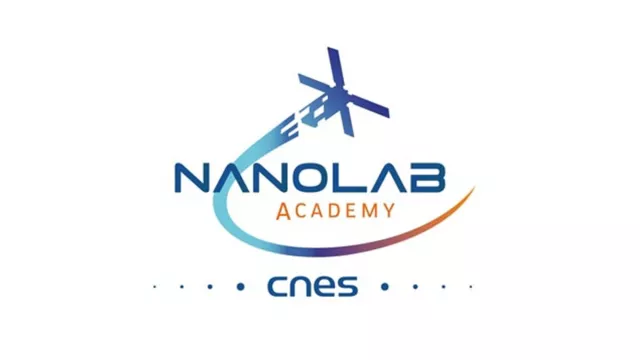Through the Nanolab Academy project, students are conceiving and building their own nanosatellites at CNES or University Space Centres.
Key information
| Mission | Get students engaged in space by building nanosatellites |
|---|---|
| Domain | Cross-cutting |
| Start date | 2012 |
| Partners | Universities, French higher education schools, research laboratories, industry |
| Where | CNES, universities, French higher education schools, research laboratories, industry |
| Lifetime | 5 to 6 years of development work per satellite |
| Status | In operation |
Key figures
- 1 to 15 kg: mass of developed cubesats
- 10 x 10 x 10 cm: dimensions of smallest cubesats
- 10 x 20 x 30 cm: dimensions of largest cubesats
- 5 projects already underway
Key milestones
- 2026: Launch of SEED projects (ESUS, IONSAT, NANONAASC, NICECUBE and NIMPH)
- 2025: Launch of AEROSAT
- 2025: Launch of OGMS-SA
- 2025: Launch of IGOSat
- 2024: Launch of Robusta-3A
- 2024: Launch of CASAA-SAT
- 18 December 2019: Launch of EyeSat to Sun-synchronous orbit
- 17 April 2019: Launch of EntrySat from ISS
- 23 June 2017: Launch of Robusta-1B to Earth orbit by PSLV-C38
- 18 April 2017: Launch of XCubeSat/SpaceCube from ISS
- 2012: Start of programme
Project in brief
The Nanolab Academy project—formerly JANUS—is a student nanosatellite project geared towards getting students from French schools and universities engaged in space. To this end, CNES gives them the chance to develop their own cubesats—small satellites weighing between 1 and 15 kilograms—with an instrument payload and send them into orbit. Cubesats are a class of satellites whose size is measured in Units or “U” of 10 cm x 10 cm x 10 cm. The satellites built by the Nanolab Academy project range in size from 1U to 6U.
Nanolab Academy thus allows students to get to grips with the development logic and execution of space projects, including project management, development planning, launch, reception of telemetry and transmission of telecommands, data exploitation and more besides. It also promotes teaching of science that relies strongly on hands-on experimentation across the spectrum of space disciplines such as mechanics, thermal control, avionics, attitude control and power systems. In return, the projects test new satellite and/or instrument technologies in orbit likely to be of value to the scientific and industrial community. Student projects also encompass the vital ground component for communicating with and operating the satellites.
More than ten French engineering schools and universities, working with research laboratories and industry, are involved in Nanolab Academy. These schools typically partner locally within University Space Centres (USCs) that serve as CNES’s point of contact.
Students may also be offered apprenticeships and end-of-study or PhD internships at CNES working on the Aerosat student satellite. Offers are consultable on CNES’s website.
CNES’s role
CNES is the initiator of the Nanolab Academy programme.
Contacts
Project Leader
Nicolas Verdier
E-mail: nicolas.verdier at cnes.fr
System Manager
Stéphane Fredon
E-mail: stephane.fredon at cnes.fr
USC Officer
Rémi Lapeyre
E-mail: remi.lapeyre at cnes.fr


